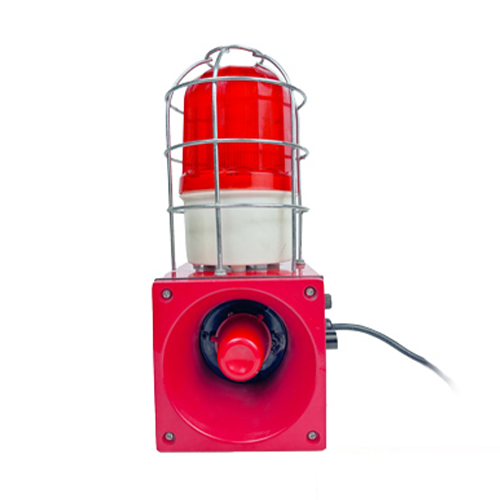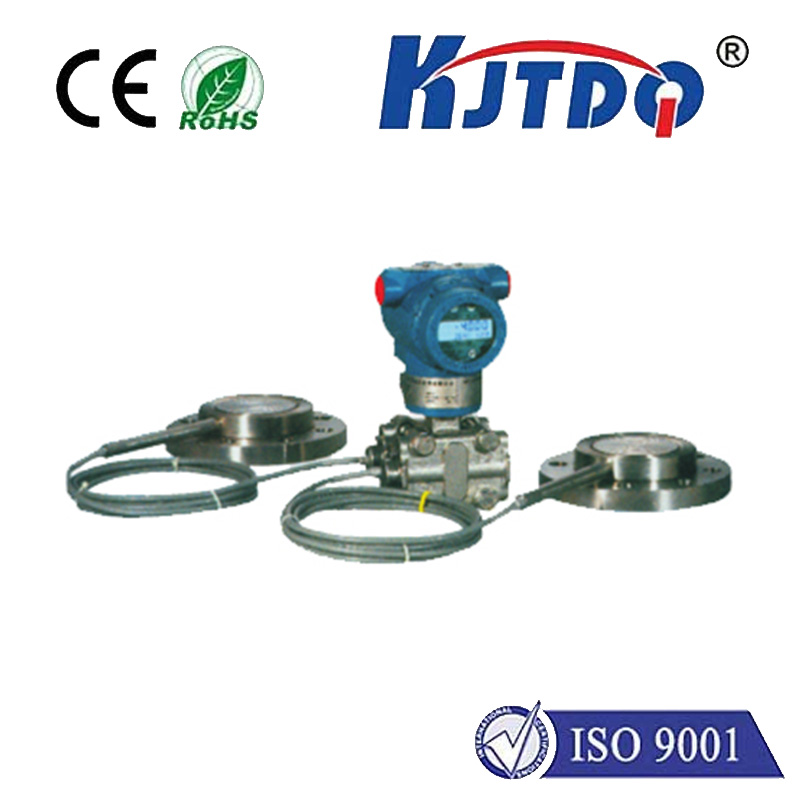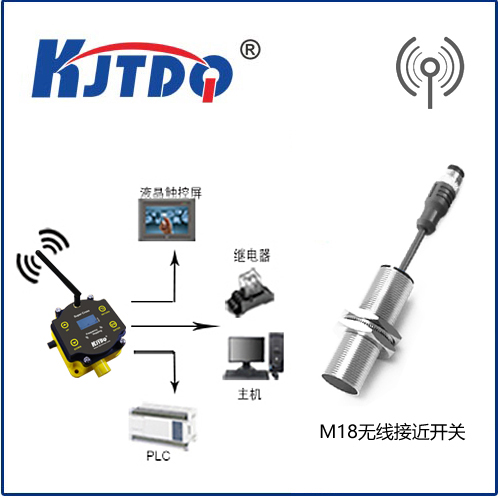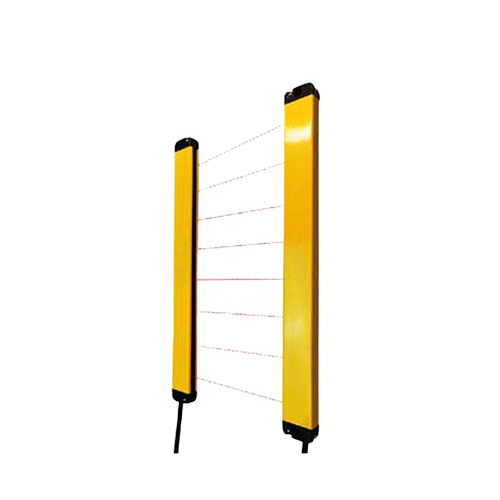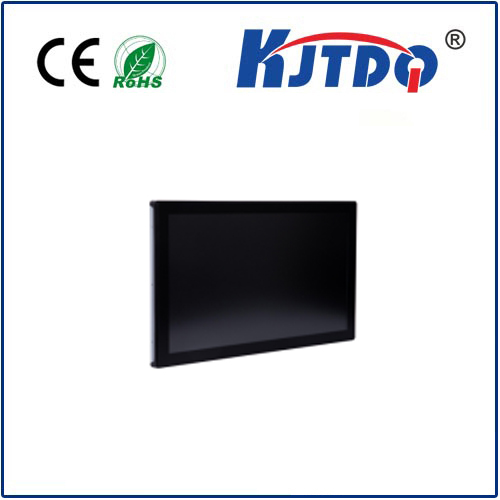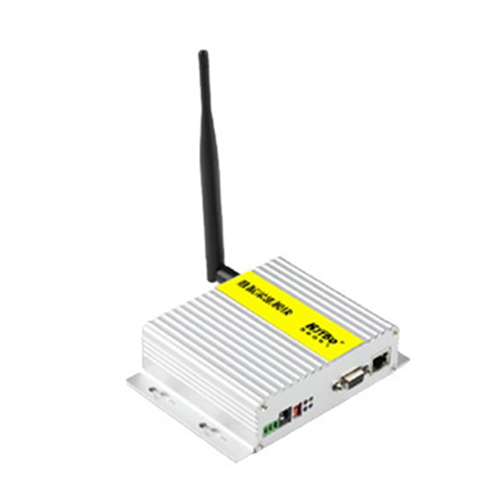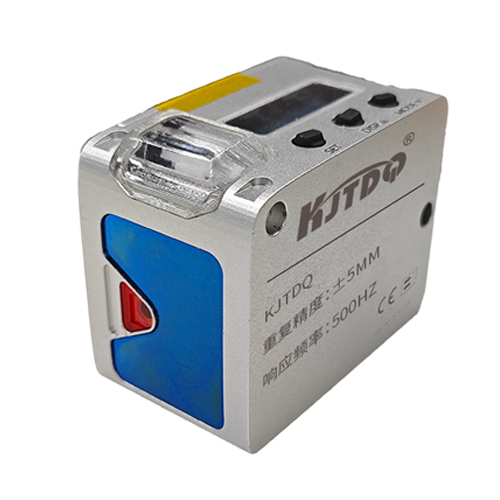cross limit switch
- time:2025-08-04 12:21:43
- Click:0
Cross Limit Switch: The Unsung Guardian of Machine Safety and Precision
Imagine a high-speed robotic arm flawlessly assembling electronics, a massive elevator smoothly ascending a skyscraper, or a precision CNC machine carving intricate metal parts. What silently prevents these powerful systems from catastrophic overshoots – collisions, crashes, or damage that could cost millions and endanger lives? Often, the crucial line of defense is the cross limit switch. More than just a simple sensor, this specialized component is a fundamental pillar of reliable automation and operational safety.
Demystifying the Cross Limit Switch: Beyond Basic Sensing
At its core, a limit switch is an electromechanical device triggered by physical contact (or sometimes proximity) with a moving object. Its primary function is to detect the presence or absence of an object or, critically, to signal when that object has reached the extreme end of its intended travel path – its limit. This signal typically interrupts the machine’s control circuit, halting movement.
So, what differentiates a cross limit switch? The key lies in its inherent design and purpose:

- Redundancy for Safety: Unlike a standard single-contact limit switch, a cross limit switch incorporates dual, independent sets of contacts within the same mechanical housing. These contacts are arranged so that they operate simultaneously but independently when the actuator is triggered.
- The “Cross” Connection (Fail-Safe Principle): This is where the “cross” comes in. The two sets of contacts are wired into the machine’s safety or control circuit in a specific, cross-monitored configuration. Commonly, this means:
- One set of contacts is normally open (NO) and closes on actuation.
- The other set is normally closed (NC) and opens on actuation.
- These contacts are wired to monitor each other within the safety logic (e.g., in a safety relay or PLC safety input module). If one contact fails to change state (e.g., welds shut or fails open) while the other operates correctly, the safety system detects the discrepancy and initiates a safe shutdown.
- Guarding Against Failure Modes: The primary purpose of this cross-monitored design is to mitigate dangerous failures. In a critical safety application:
- If a normally closed contact welds shut due to arcing or overload, it would falsely indicate the limit hasn’t been reached (a dangerous failure – the machine might keep moving). However, the cross limit design ensures the other contact’s failure to change state (e.g., the NO contact failing to close) is detected by the safety logic as a fault, tripping the safety shutdown.
- Similarly, failure modes in the wiring or contacts leading to an unexpected open circuit are also detectable.
Why Cross Limit Switches Are Indispensable
The investment in a cross limit switch over a standard one is driven by the critical need for functional safety:
- Enhanced Personnel Protection: In applications where human interaction is possible (safeguarding doors, light curtains, or areas near moving parts), a cross limit switch provides a higher level of safety integrity. Its design helps prevent the safety function (like stopping a door) from failing dangerously.
- Preventing Catastrophic Machine Damage: Over-travel events in heavy machinery (cranes, presses, large actuators) can lead to severe mechanical damage. Cross limit switches offer a more reliable means to detect the end-of-travel, safeguarding expensive equipment.
- Reducing Downtime and Costs: While preventing accidents is paramount, unplanned downtime due to equipment damage or safety system lockouts caused by undetected switch failures is costly. The diagnostic capability inherent in the cross-monitoring helps identify failing components before they cause a major incident, facilitating predictive maintenance.
- Meeting Safety Standards: Industries governed by strict safety regulations (like ISO 13849, IEC 62061, ANSI B11) often require safety functions to achieve specific Performance Levels (PL) or Safety Integrity Levels (SIL). The redundancy and cross-monitoring features of cross limit switches are essential building blocks for achieving these higher safety levels.
Where Cross Limit Switches Shine: Key Applications
Cross limit switches are often hidden in plain sight but perform vital roles:
- Safety Door Monitoring: On machinery with interlocked guards or doors, cross limit switches verify the door is securely closed and latched before potentially dangerous operations can start. Dual contacts ensure a single contact failure won’t falsely indicate the door is safe.
- Elevator and Hoist Over-Travel Protection: Preventing elevators or hoists from overshooting the top or bottom landing is critical. Cross limit switches provide a reliable end-of-travel stop signal.
- Industrial Robot Workspace Limits: Ensuring robotic arms operate strictly within their defined envelope is crucial for safety and preventing collisions. Cross limit switches define these boundaries robustly.
- Material Handling Systems: In conveyors, automated guided vehicles (AGVs), and transfer cars, cross limit switches ensure precise positioning and prevent equipment from traveling beyond its track or designated area.
- Machine Tools: On presses, CNC machines, and lathes, they define safe travel limits for slides, tables, and spindles, preventing tool crashes or over-compression.
- Large Actuators and Valves: Verifying the fully open or fully closed position of large valves or linear/rotary actuators, especially where position confirmation is critical for process safety.
Choosing and Implementing Cross Limit Switches Effectively
Selecting the right cross limit switch involves several considerations:
- Actuator Type: Lever, roller lever, plunger, rod, or whisker? Choose based on the physical force, direction, and mounting constraints.
- Environmental Conditions: IP rating for dust/water ingress, temperature range, resistance to chemicals, oils, and vibration are critical for longevity and reliability.
- Electrical Ratings: Ensure the contact ratings (voltage, current - AC/DC) match the load in the control or safety circuit. Relay compatibility is key.
- Safety Requirements: Determine the needed Performance Level (PL) or Safety Integrity Level (SIL) for the application and select a switch certified accordingly.
- Mounting and Adjustment: Robust mounting and precise adjustability are essential for accurate position detection and long-term stability.
During installation:
- Precision Positioning: Mount the switch and its target dog/cam meticulously to ensure actuation occurs exactly at the intended limit.
- Correct Wiring: Follow the manufacturer’s diagram precisely to implement the cross-monitoring correctly within the safety circuit.
- Secure Connections: Ensure terminals are tight and wiring is protected from strain and damage.
- Testing and Verification: Comprehensive functional testing of both contact states and the safety system’s reaction to simulated failures is mandatory before commissioning.
The Silent Sentinel
In the complex symphony of automated systems, the cross limit switch plays a critical, albeit often unnoticed, role. It embodies the principle that safety should never rely on a single point of failure. Through its ingenious dual-contact, cross-monitored design, it provides a vital layer of redundancy and fault detection, transforming a basic position sensor into a certified safety component. From safeguarding operators to protecting multi-million dollar machinery and ensuring continuous production, the cross limit switch is an indispensable guardian at the boundaries of motion. Its inherent reliability and safety integrity make it the prudent choice wherever the consequences of failure are simply too high.






